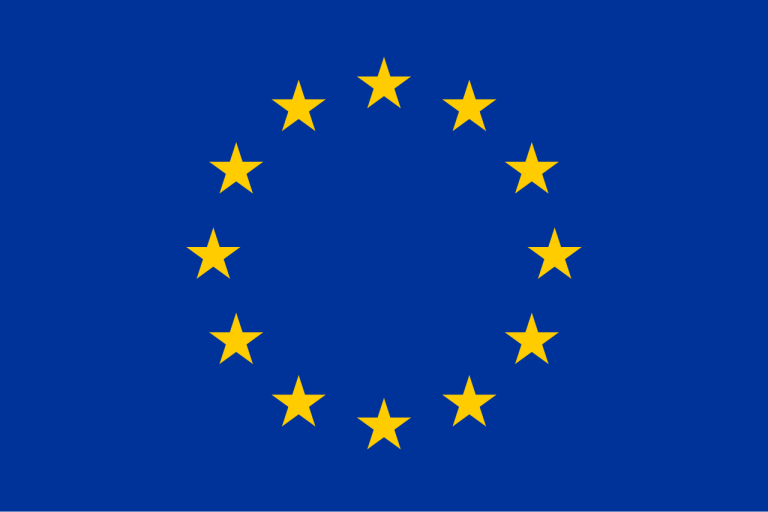
The World Health Organization (WHO) has raised fresh concerns over the growing popularity of e-cigarettes among young people, revealing that at least 15 million adolescents aged 13 to 15 are now vaping globally.
In its first-ever global estimate on e-cigarette use, the WHO said more than 100 million people around the world currently use vapes, including about 86 million adults, most of them in high-income countries. The agency’s data highlights a worrying trend: in countries with available data, teenagers are nine times more likely to vape than adults.
The findings come as traditional tobacco use continues to decline. The number of tobacco users has fallen from 1.38 billion in 2000 to 1.2 billion in 2024, thanks to tighter regulations and public health campaigns. But as cigarette sales drop, the tobacco industry has increasingly pivoted toward alternative products such as e-cigarettes and heated tobacco.
Tobacco companies insist these products are aimed at helping adult smokers quit and reducing the harms of traditional smoking. However, WHO officials argue the reality is more troubling.
“They are marketed as harm reduction but, in reality, are hooking kids on nicotine earlier and risk undermining decades of progress,” said Etienne Krug, Director of the WHO Department for Health Determinants, Promotion and Prevention.
Governments and health authorities worldwide are now struggling to strike a balance, weighing potential benefits of vaping for smoking cessation against rising concerns over youth nicotine addiction.
Some evidence does suggest that e-cigarettes can be an effective quitting aid. A 2024 review by Cochrane, an independent research network, found that smokers were more likely to quit using e-cigarettes than with nicotine patches or gum. However, the group cautioned that long-term health effects remain uncertain and that more research is needed.
Globally, the decline in tobacco use has not been uniform. Southeast Asia saw the most dramatic drop in male tobacco use, nearly halving from 70% in 2000 to 37% in 2024, accounting for more than half of the worldwide decrease. In contrast, Europe now records the highest overall tobacco prevalence at 24.1%, with women in the region having the world’s highest rate of female tobacco use at 17.4%.
Despite steady progress, the WHO warned that nearly one in five adults worldwide still use tobacco products. The organization urged governments to strengthen enforcement of tobacco control laws and expand regulation to cover new nicotine products such as vapes.
“Without decisive action, we risk losing a generation to nicotine addiction under a new disguise,” the WHO said. “Protecting young people from these emerging products must remain a global priority.”
The WHO is calling for stricter controls on e-cigarette marketing, flavoring, and online sales, particularly those that appeal to minors. It has urged countries to apply the same advertising restrictions and public-use bans that exist for traditional cigarettes.
Some nations, including India, Thailand, and Brazil have gone as far as banning e-cigarette sales entirely, while others, such as the United Kingdom and New Zealand, allow regulated use as part of smoking cessation programs.
The organization emphasized that policies should prioritize prevention among youth while supporting smokers who wish to quit. It also reiterated that no level of nicotine addiction is safe, and that public health messaging must adapt to the rapidly evolving nicotine market.



